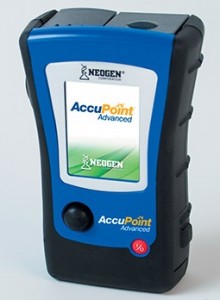In just about every manufacturing industry, whether the products are cars, phones, or foods, it is absolutely essential that finished products meet quality expectations and safety requirements. However, for food, there is another critical requirement – namely, the methods used to validate safety must also be rapid. This is because most foods are perishable and have limited shelf-life. If a microbiological analysis takes five days for an answer before the product can be shipped to retailers, that’s five days of lost shelf-life. Thus, rapid tests that can deliver an answer in a day or less are now widely used.
Note that accuracy and sensitivity cannot be sacrificed for speed. As we know with all of the COVID-19 testing, a false negative result (e.g., when the product tests negative for the presence of a pathogen, but the pathogen is actually present) can be disastrous. Likewise, a false positive (e.g., the product tests positive, but it’s really negative) can also be costly.
Most rapid methods, as some of you will learn when you take Food Microbiology, are based on molecular or immunological principles. However, the actual tests are not very complicated, and many are as simple as a home pregnancy test. Others are a bit more technical, but can still be performed by lab techs.
Although Petri plates and test tubes are not going away tomorrow, the day is not too far away when one will simply spot a portion of food on a test strip and an accurate and reliable result will be observable in a minute or two. In fact, for some applications that day is already here. Eventually, I predict there will be smart phone apps that do the same.
Image from neogen.com

